It seems like formula feeding is widely accepted for those who can’t breastfeed (or for adoptive parents), but it still feels very taboo to do simply for a convenience factor alone. Despite loving my formula-feeding lifestyle, I still experience guilt—especially when talking to my breastfeeding friends.
Is there a way to champion the hard work of those who breastfeed while, at the same time, accept those who choose to formula feed without labeling them as “lazy”?
—A Baby Brezza Addict
This question made me think. In some ways, I’m more optimistic than you. I think we’ve made a lot of progress in embracing formula feeding for a wide variety of reasons. But I also agree; it still feels taboo to say some version of “I choose to formula feed because it works for my life.” Too often—virtually always—we expect people to say instead that they chose it as a result of some external constraint or to emphasize how much they tried to breastfeed first. (And, of course, there is still some basic shaming, which we definitely need to put aside.)
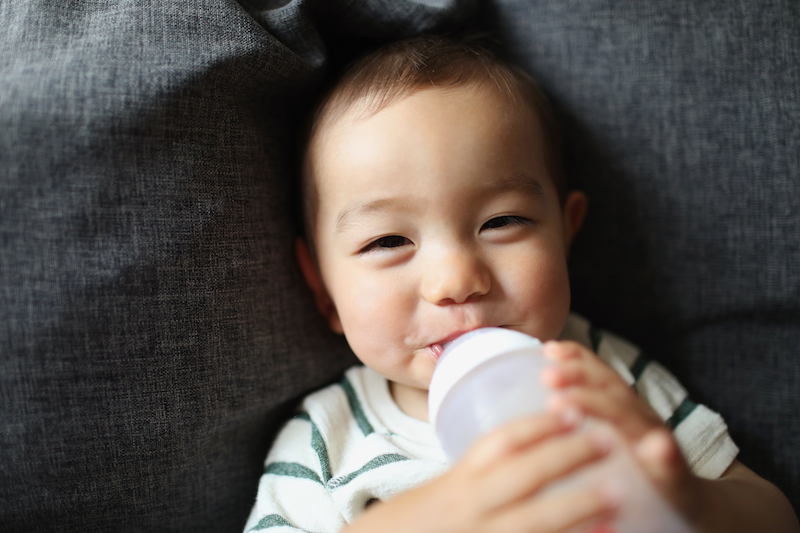
Having said this, I think the most important change one could make as an individual is to rid yourself of your own guilt and to celebrate the ways that this choice makes you the best parent you can be. What I read from your letter is not that your breastfeeding friends are saying, “Only a bad parent would formula feed” but that maybe they are saying things like, “I’m so happy I was able to provide breast milk to my child because it’s so important.”
You may well read guilt into that second sentence—and I probably would!—but you don’t have to. What if your friend said, “I’m so happy I could provide this blue romper for my child because it’s so important to have clothes that match his eyes.” You wouldn’t read this as a judgment that you didn’t go with eye-matching clothes because you probably feel no emotional connection to that issue. I’m advocating for a form of radical acceptance about this choice—so radical that you try to remove its emotional valence.
To end, I’m not suggesting that we shouldn’t keep pushing to make sure everyone’s feeding choices are fully respected and celebrated. But until we get there, this is something you can do.
Community Guidelines















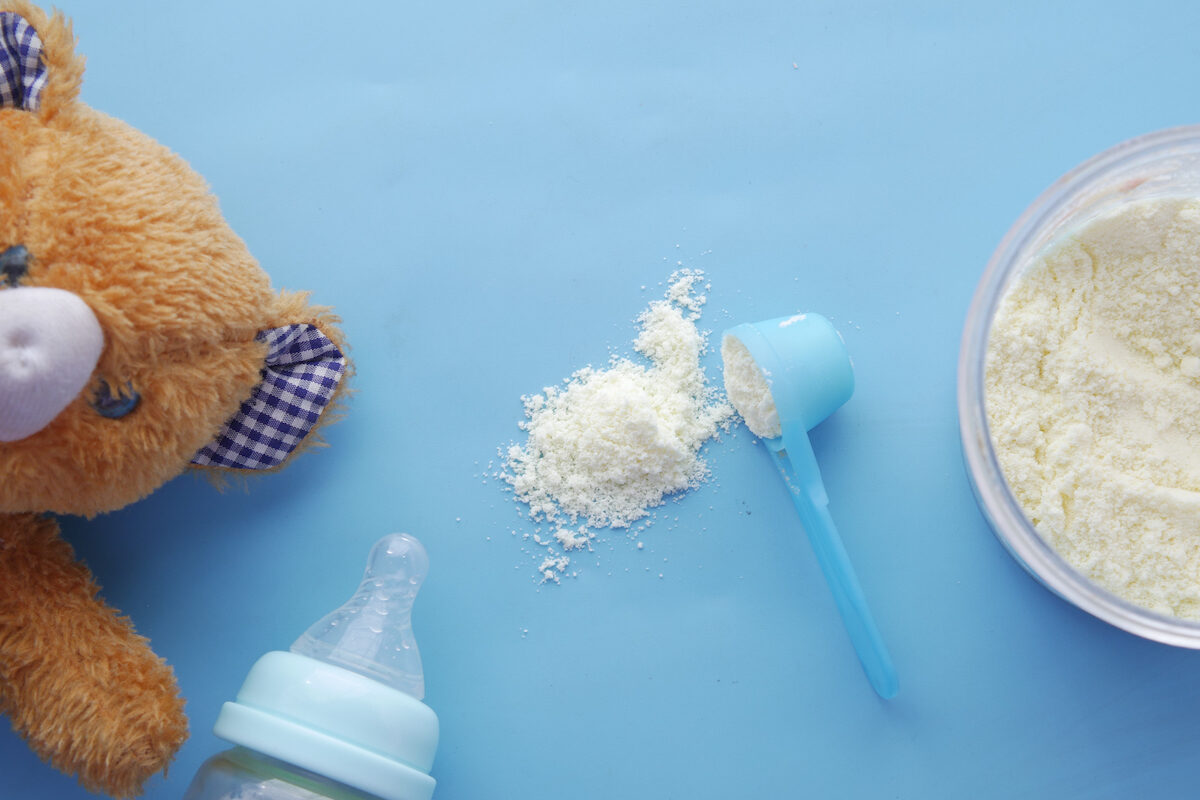
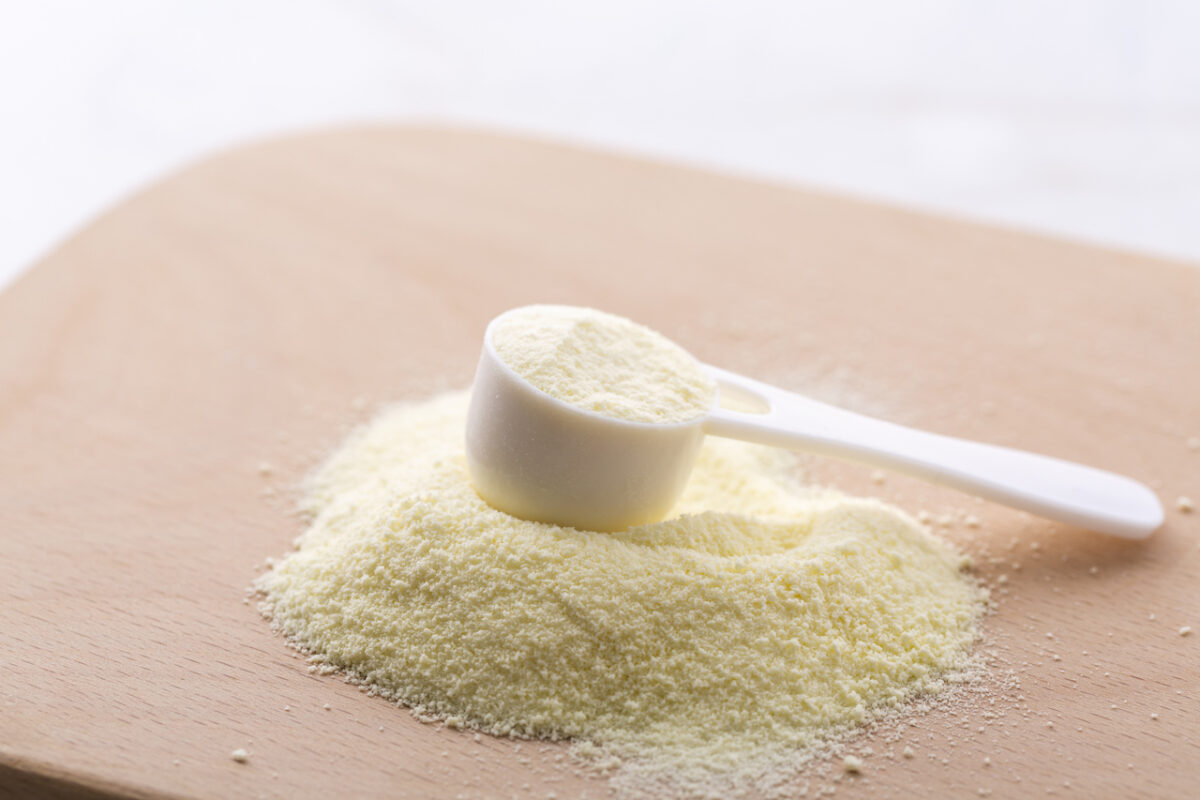
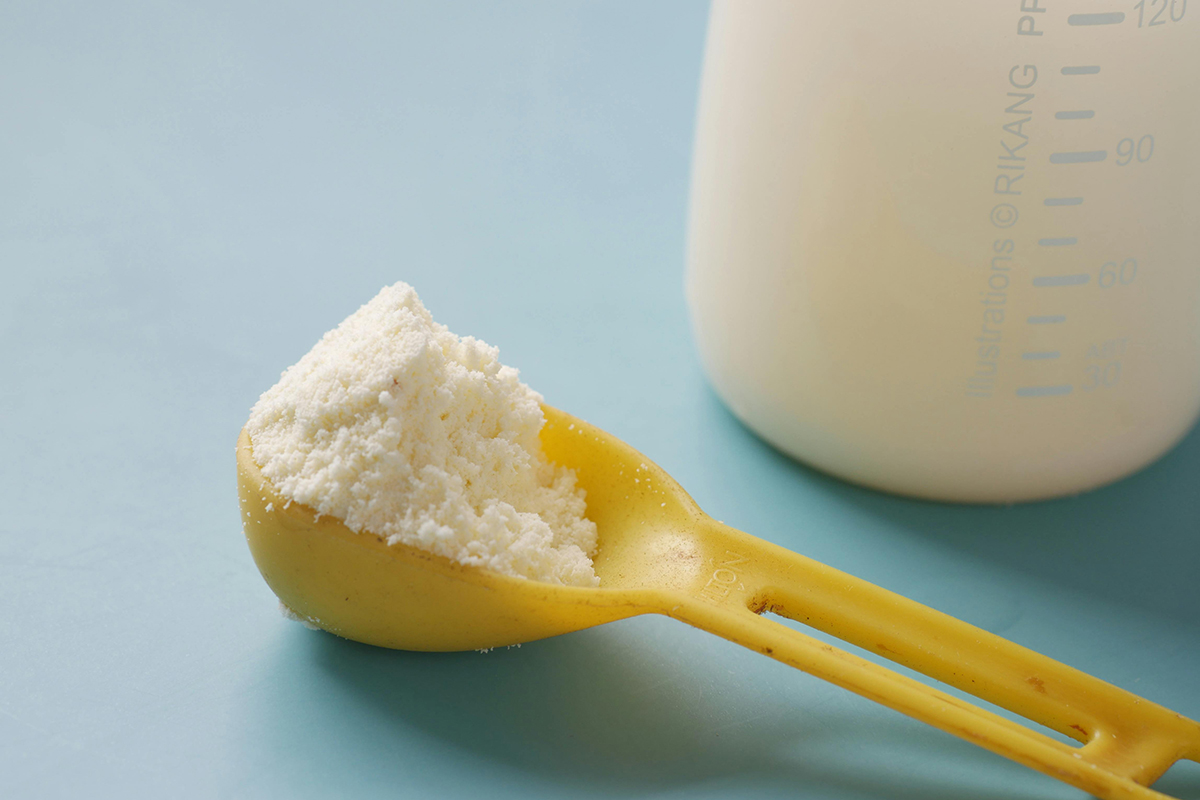
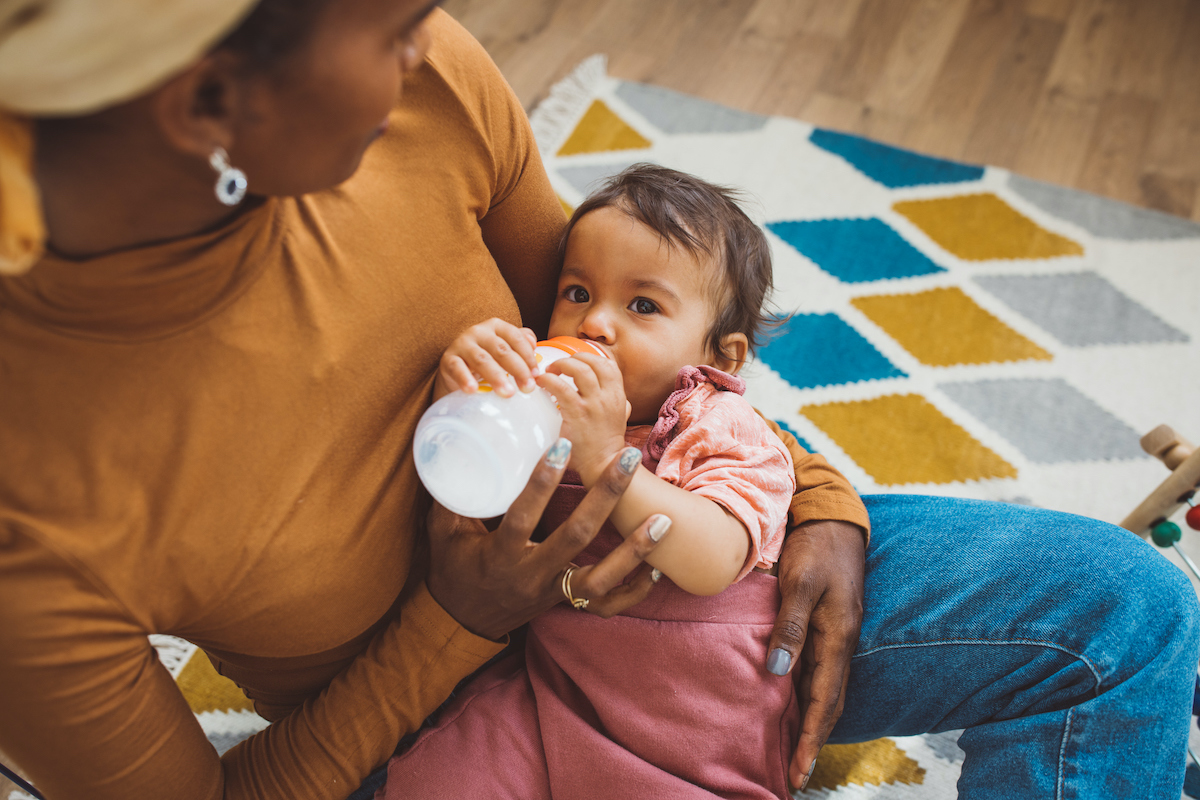

Log in
Hell yes! Do what works for you!
I celebrate the ways that I prioritize my own needs as a parent, like not exposing my kid to kid’s music because it’s annoying or not signing my kid up for random enrichment classes because I don’t feel like driving and sitting around during my precious weekend. Parenting is hard! Why make it even harder for little benefit?! This should be fun for all of us!